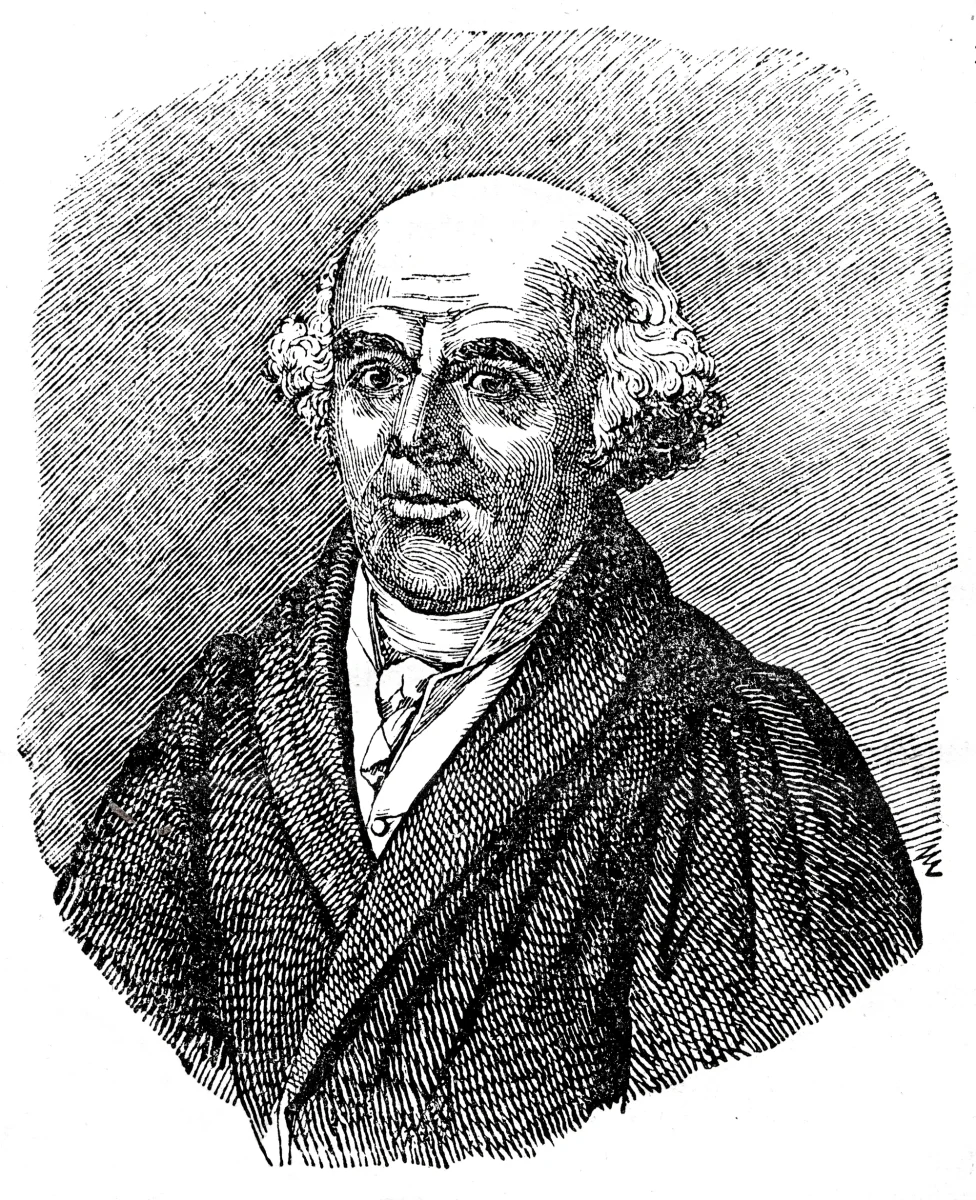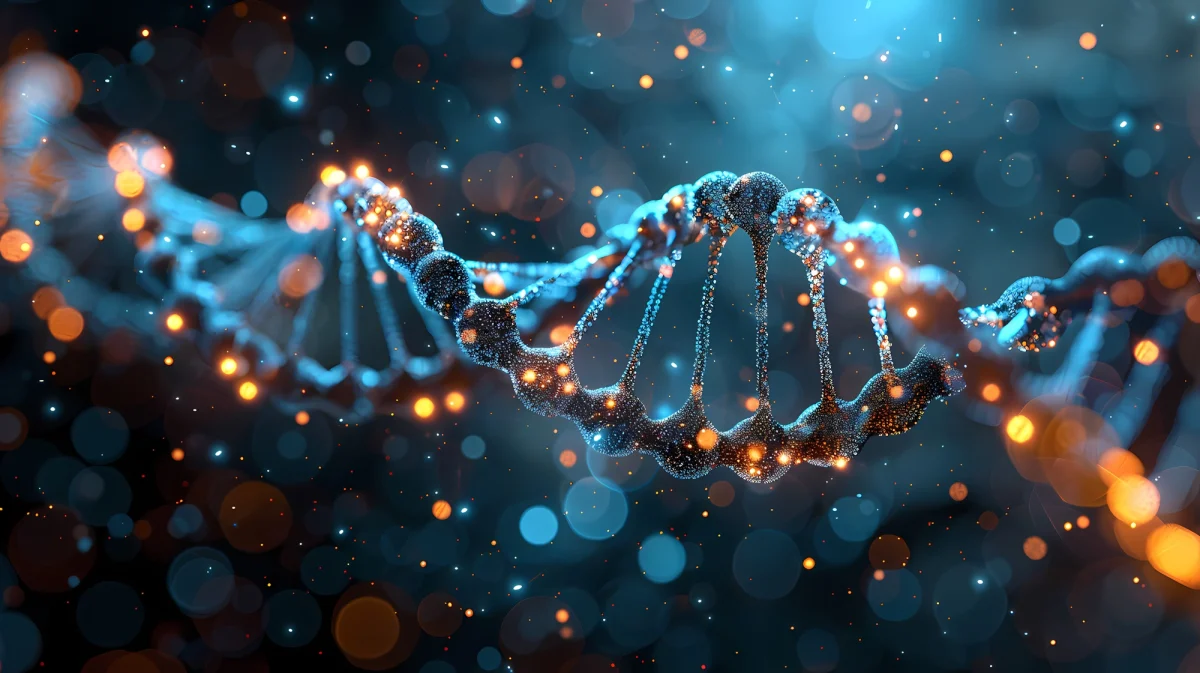Miasm in the Light of Homeopathy and Modern Science
Chronic illnesses do not arise by chance — they are the result of complex, multi-generational patterns that shape our biological and energetic balance.
In modern clinical practice, it is crucial to distinguish natural chronic diseases that stem from these deep, transgenerational constitutional imbalance patterns from iatrogenic conditions—those arising as a result of therapeutic interventions, especially long-term pharmacological suppression of symptoms. In the latter case, pathological processes are not eliminated but suppressed to a deeper level, which can obscure the clinical picture and complicate the body’s natural healing response.
The concept of miasm, which originates in homeopathy, can today be better understood through the lens of modern science, especially epigenetics, which demonstrates how heredity and environment jointly shape our resilience and disease susceptibility. In this article, I aim to bring you closer to the connection between traditional concepts and contemporary scientific findings regarding the emergence of chronic illnesses.

The term miasm, introduced by Dr. Samuel Hahnemann, describes chronic energetic disturbances that predispose an individual to illness. Far from being outdated, this idea in its own way anticipated today’s understanding of chronic diseases as latent, inherited, and multifactorial predispositions — rooted in the complex interplay of genetics, environment, lifestyle, and emotional experience. As a concept, miasm invites us to consider disease not merely as a temporary event or isolated occurrence, but as part of a deeper and more enduring pattern that shapes our health over time.
The word “miasm” stems from the Greek miasma (μίασμα), meaning “pollution” or “contamination.” In ancient medicine, this term described harmful “poisons” or “vapors” in the environment believed to cause disease. Yet, when Samuel Hahnemann introduced the concept into homeopathy in the 19th century, he expanded its meaning—it no longer referred solely to external contamination, but to a deep, internal, and often inherited predisposition to imbalance within the organism, capable of having a lasting impact on health and potentiating the development of chronic conditions. This conceptual expansion enabled the understanding of disease through the lens of inner dynamism and complexity, paving the way for an integrated view of physical, psychological, and energetic aspects of human beings.

Today, through the lens of modern science, miasm can be viewed as a powerful metaphor for the intricate patterns of biological and energetic imbalance that shape our resilience and susceptibility to illness. This perspective aligns with contemporary scientific disciplines that see health and disease as the outcome of multilayered processes and interactions between different bodily systems. Such a holistic approach facilitates the understanding of chronic diseases as multidimensional phenomena, that cannot be reduced to a single cause or treated in isolation.
Hahnemann identified three primary miasms: Psora (functional imbalance), Sycosis (accumulation and overgrowth), and Syphilis (destructive degeneration). Although conceived before modern germ theory, these concepts reflect contemporary understandings of inherited predisposition and chronic dysregulation. Each of these miasmatic patterns may symbolize the complex mechanisms by which the body responds to prolonged stress, infections, toxins, or emotional trauma.
Fields such as epigenetics, psychoneuroimmunology and systems biology today uncover mechanisms—like inherited trauma, chronic inflammation, and mind-body interaction—that deeply resonate with the miasmatic framework. These disciplines show that illness often results from dysregulation of the organism, not just from the presence of isolated pathogens. For instance, epigenetics reveals how environmental and emotional factors can alter gene expression, explaining why certain illnesses cluster within families or how chronic stress becomes embedded in our biological patterns.

Clinically, many homeopaths use the concept of miasm as a guide in treatment, viewing miasms as dynamic and evolving patterns rather than fixed categories. Integrative thinkers like Ortega and Vijayakar have modernized miasm theory, grounding it in contemporary knowledge of physiology, embryology, genetics, and predictive care models. This approach not only bridges tradition with science but encourages a holistic, personalized approach to health, where disease is understood as a complex process integrating body, mind, and environment.

Although miasms lack conventional scientific validation in terms of standard clinical studies, they serve as a conceptual bridge and heuristic for understanding chronic disease as a complex, personalized, systemic phenomenon. Their value lies less in proof or disproof, and more in providing a framework that enables individualized and whole-person care. This framework encourages practitioners to view the patient in their entirety—considering past histories, current state, and future challenges.
At its core, the concept of miasm invites us to ask deeper questions: not only what is out of balance, but why the imbalance persists and does not resolve spontaneously. This perspective, blending metaphor and science, offers a more nuanced and layered lens for listening to symptoms—and embarking on the path of healing. It inspires us to approach health with greater compassion and patience, embracing the complexity of life and body as the foundation of any healing process.

Homeopathy, with its thoughtfully developed methodology, supports this understanding and engagement with complex imbalance patterns. Through careful listening to symptoms, life experiences, and unique responses, homeopaths identify the remedy that resonates with your internal imbalance and gently guides your organism toward deeper and more sustainable restoration.
References
- Ader, R. (Ed.). (2007). Psychoneuroimmunology (4th ed.). Academic Press.
- Hahnemann, S. (1845). The Chronic Diseases: Their Peculiar Nature and Their Homeopathic Cure.
- Kitano, H. (2002). Systems biology: a brief overview. Science, 295(5560), 1662–1664.
- Ortega, P.S. (1980). Notes on the Miasms. B. Jain Publishers.
- Szyf, M., McGowan, P., & Meaney, M. J. (2005). Epigenetics, early life adversity and behavioral disorders. Neurobiology of Disease, 23(2), 267–272.
- Vijayakar, P. (2001). End of Myasmation of Miasms. B. Jain Publishers.






